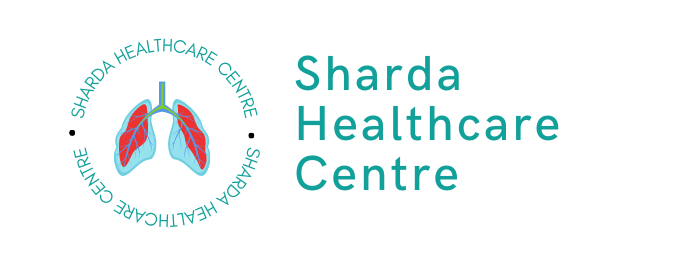Tuberculosis (TB) is an infectious disease caused by the bacterium Mycobacterium tuberculosis. It primarily affects the lungs but can also target other parts of the body. TB spreads through the air when an infected individual coughs or sneezes, making it highly contagious. Symptoms include persistent cough, fatigue, weight loss, fever, and night sweats. TB can be latent, where the body’s immune system keeps the bacteria in check, or active, where the disease progresses and symptoms worsen. Timely diagnosis and treatment with antibiotics are crucial to prevent the spread of TB and manage the disease effectively. Global efforts continue to combat this significant public health issue.
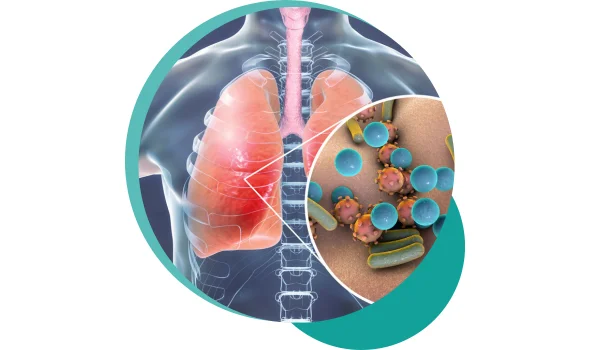
TuberCulosis or TB disease:

Tuberculosis symptoms:
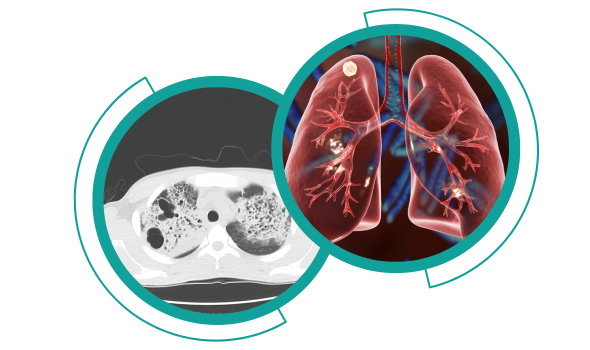
Tuberculosis (TB) presents a variety of symptoms that can affect different parts of the body. The most common symptom is a persistent cough that lasts for several weeks, often accompanied by coughing up blood or phlegm. Other symptoms include fatigue, weight loss, fever, night sweats, and loss of appetite. In cases where TB affects organs other than the lungs, additional symptoms may arise, such as back pain (spinal TB), swollen lymph nodes (extrapulmonary TB), or chest pain (pleural TB). It is important to seek medical attention if any of these symptoms persist, as early diagnosis and treatment can prevent further complications and spread of the disease.
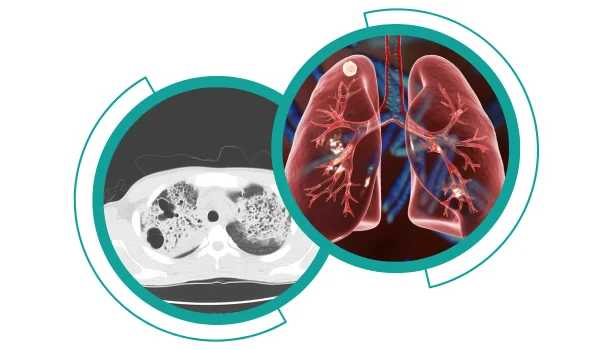

The other symptoms include:

The other symptoms of tuberculosis (TB) can vary depending on the affected area of the body. For example, if TB affects the bones and joints, symptoms may include joint pain, swelling, and difficulty in movement. When TB affects the central nervous system, symptoms may include severe headaches, confusion, seizures, and even coma. TB can also impact the gastrointestinal tract, leading to symptoms like abdominal pain, diarrhea, and vomiting. Additionally, TB affecting the kidneys may cause blood in the urine and frequent urination. It is essential to recognize these diverse symptoms to ensure timely diagnosis and appropriate treatment for TB in its various forms.
Tuberculosis Causes:
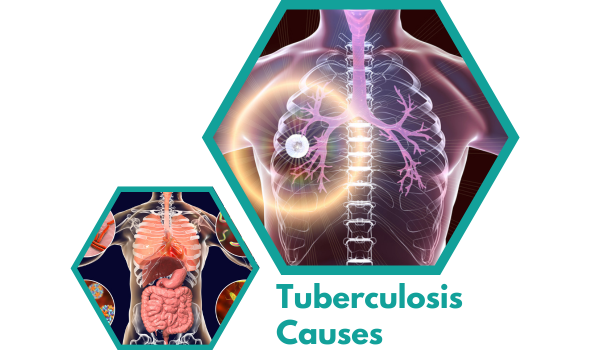
Tuberculosis (TB) is caused by the bacterium Mycobacterium tuberculosis. It spreads from person to person through the air when an infected individual coughs, sneezes, or speaks, releasing tiny droplets containing the bacteria. Close and prolonged contact with an infected person increases the risk of transmission. Factors that contribute to the spread of TB include crowded living conditions, poor ventilation, and compromised immune systems. While TB primarily affects the lungs, it can also target other organs in the body. Individuals with latent TB infection have the bacteria in their bodies but do not show symptoms or spread the disease. Understanding the causes and modes of transmission is vital in preventing and controlling the spread of TB.

TB Diagnosis:
The diagnosis of tuberculosis (TB) involves a combination of medical evaluations and tests. When a person presents symptoms or has been in close contact with someone diagnosed with TB, a healthcare provider will conduct a thorough physical examination and medical history review. The most common diagnostic tool is a tuberculin skin test, also known as the Mantoux test, which checks for an immune response to the TB bacteria. Another method is the interferon-gamma release assay (IGRA), a blood test that detects the presence of TB infection. If these tests indicate TB infection, further investigations like chest X-rays, sputum tests, or CT scans may be performed to confirm active TB disease and determine its severity. Prompt and accurate diagnosis is crucial for initiating appropriate treatment and reducing the spread of TB.
Tuberculosis treatments:
Tuberculosis (TB) is treatable with a combination of medications called anti-TB drugs. The standard treatment for active TB involves a regimen of multiple antibiotics taken for at least six months. The most commonly used drugs include isoniazid, rifampin, ethambutol, and pyrazinamide. This combination helps to effectively kill the bacteria, prevent the development of drug resistance, and reduce the risk of relapse. Adhering to the prescribed treatment regimen is crucial to ensure successful outcomes and prevent the spread of drug-resistant TB strains. In some cases, drug-resistant TB may require longer treatment with additional medications. Directly observed therapy (DOT) programs, where a healthcare provider monitors medication intake, are often implemented to improve treatment adherence. Early diagnosis and proper treatment significantly increase the chances of curing TB and preventing its complications.
Quick Contact
Address
70, 46, Patel Marg, opposite Rastogi Gas Agency, Mansarovar Sector 7, Agarwal Farm, Sector 9, Mansarovar, Jaipur, Rajasthan 302020
deveshkanoongo0701@gmail.com
Phone No.
9024605799, 9414774975
